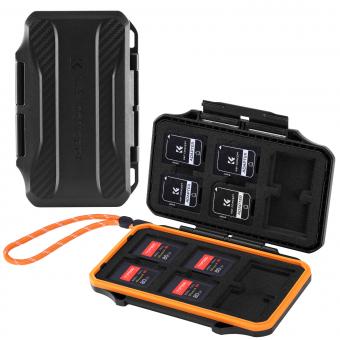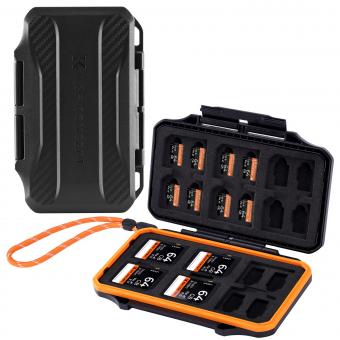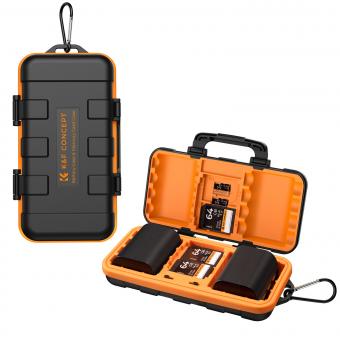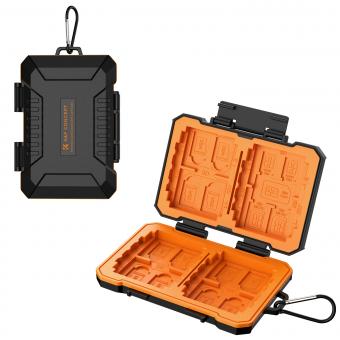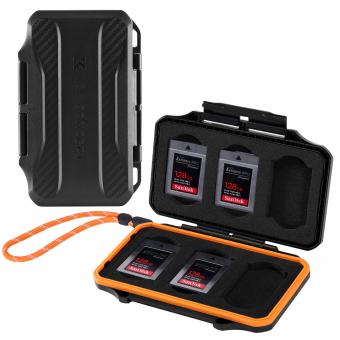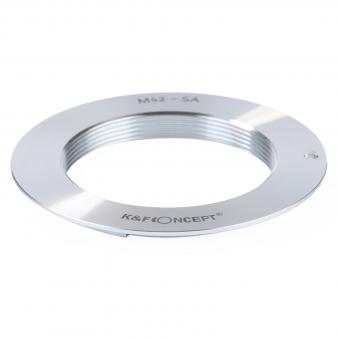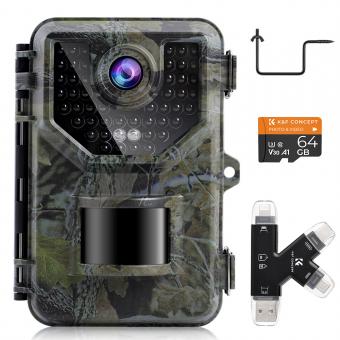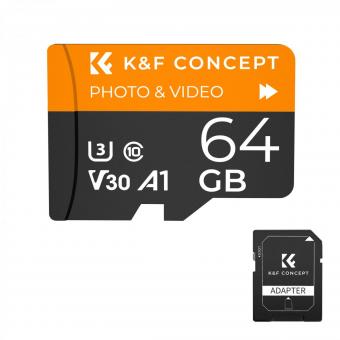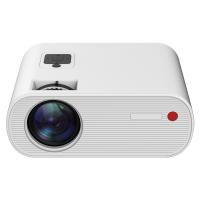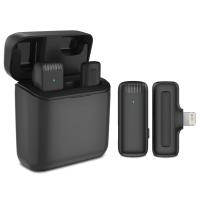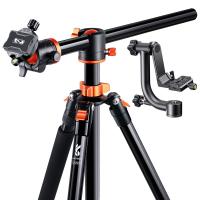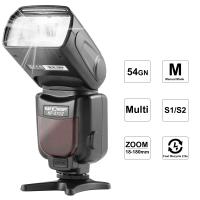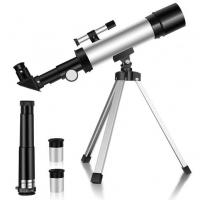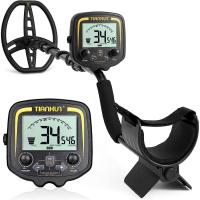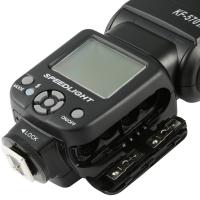How Big Do Sd Cards Get?
In the ever-evolving world of digital storage, Secure Digital (SD) cards have become a staple for a wide range of devices, from cameras and smartphones to drones and gaming consoles. As technology advances, so does the capacity of these tiny storage powerhouses. This article delves into the current state of SD card capacities, the factors influencing their sizes, and practical considerations for choosing the right SD card for your needs.
The Evolution of SD Card Capacities
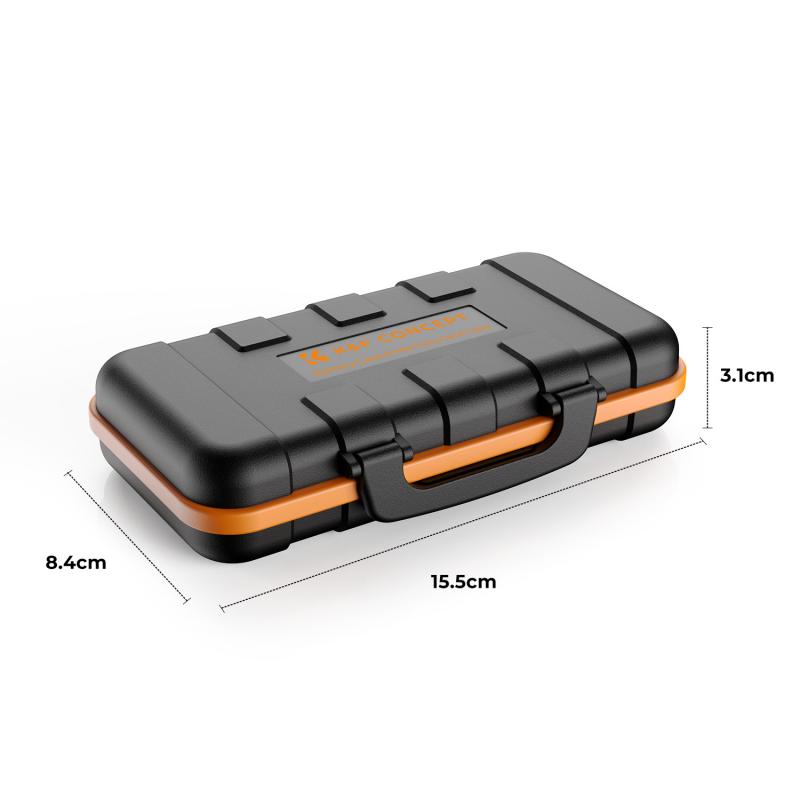
SD cards have come a long way since their inception in 1999. Initially, they offered modest storage capacities, but technological advancements have significantly increased their potential. Today, SD cards are available in various formats, each with its own maximum capacity:
1. Standard SD (SDSC): The original SD cards, known as Standard Capacity (SDSC), have a maximum capacity of 2GB. These cards are now largely obsolete, replaced by higher-capacity formats.
2. SDHC (Secure Digital High Capacity): Introduced in 2006, SDHC cards expanded the maximum capacity to 32GB. These cards are still widely used, especially in devices that do not require extremely high storage capacities.
3. SDXC (Secure Digital eXtended Capacity): Launched in 2009, SDXC cards pushed the boundaries further, offering capacities up to 2TB. This format is ideal for high-definition video recording, large photo libraries, and other data-intensive applications.
4. SDUC (Secure Digital Ultra Capacity): The latest addition to the SD card family, SDUC cards, introduced in 2018, can theoretically support capacities up to 128TB. However, as of now, commercially available SDUC cards have not yet reached these astronomical sizes.
Factors Influencing SD Card Capacities
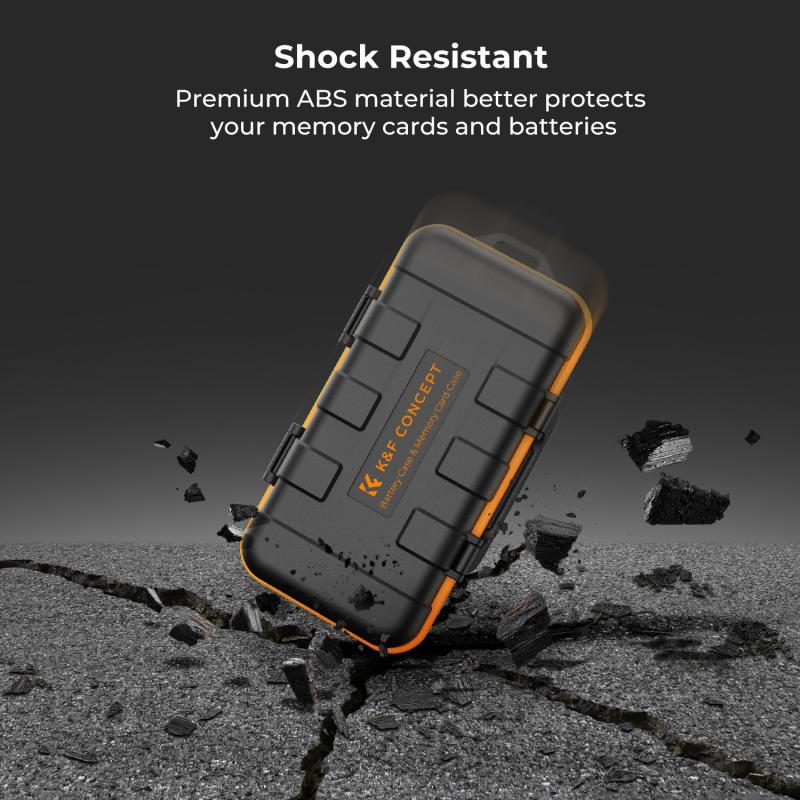
Several factors contribute to the increasing capacities of SD cards:
1. Advancements in NAND Flash Memory: The core technology behind SD cards is NAND flash memory. Innovations in this technology, such as 3D NAND, have allowed manufacturers to stack memory cells vertically, significantly increasing storage density without expanding the physical size of the card.
2. File System Improvements: The file system used by SD cards also plays a crucial role in determining their capacity. SDHC cards use the FAT32 file system, which supports up to 32GB, while SDXC and SDUC cards use the exFAT file system, enabling much larger capacities.
3. Market Demand: As consumers and professionals generate more data, the demand for higher-capacity storage solutions has driven manufacturers to develop larger SD cards. This demand is particularly strong in industries like photography, videography, and gaming, where large files are commonplace.
Practical Considerations for Choosing an SD Card

When selecting an SD card, it's essential to consider not just the capacity but also other factors that can impact performance and compatibility:
1. Device Compatibility: Not all devices support all SD card formats. For example, older devices may only be compatible with SDSC or SDHC cards, while newer devices can typically handle SDXC and SDUC cards. Always check your device's specifications before purchasing an SD card.
2. Speed Class: SD cards come with different speed ratings, which indicate their data transfer rates. The most common speed classes are Class 2, 4, 6, and 10, with Class 10 being the fastest. Additionally, UHS (Ultra High Speed) and V (Video Speed) classes offer even higher performance for demanding applications like 4K video recording.
3. Durability: If you plan to use your SD card in harsh environments, consider cards that are designed to withstand extreme temperatures, water, shock, and X-rays. These durable cards are ideal for outdoor photography, action cameras, and other rugged uses.
4. Brand and Warranty: Reputable brands often provide better reliability and customer support. Additionally, many high-quality SD cards come with warranties, offering peace of mind in case of defects or failures.
Future Trends in SD Card Capacities

As technology continues to advance, we can expect SD card capacities to grow even further. Here are some trends to watch for:
1. Increased Adoption of SDUC: While SDUC cards are still in their infancy, we can anticipate their capacities to increase as the technology matures. This will be particularly beneficial for applications requiring massive storage, such as 8K video recording and virtual reality content.
2. Enhanced Speed and Performance: Alongside capacity, the speed of SD cards is also improving. Future SD cards will likely offer even faster data transfer rates, reducing the time needed to read and write large files.
3. Integration with Emerging Technologies: As new technologies like 5G, artificial intelligence, and the Internet of Things (IoT) become more prevalent, the demand for high-capacity, high-speed storage solutions will continue to rise. SD cards will play a crucial role in supporting these technologies, providing the necessary storage for data-intensive applications.
SD cards have come a long way since their humble beginnings, evolving to meet the ever-growing storage needs of consumers and professionals alike. With capacities now reaching up to 2TB and the potential for even larger sizes in the future, SD cards remain a versatile and essential storage solution. When choosing an SD card, it's important to consider factors such as device compatibility, speed class, durability, and brand reputation to ensure you select the right card for your needs. As technology continues to advance, we can look forward to even more impressive SD card capacities and performance, enabling us to store and access our data with greater ease and efficiency.

